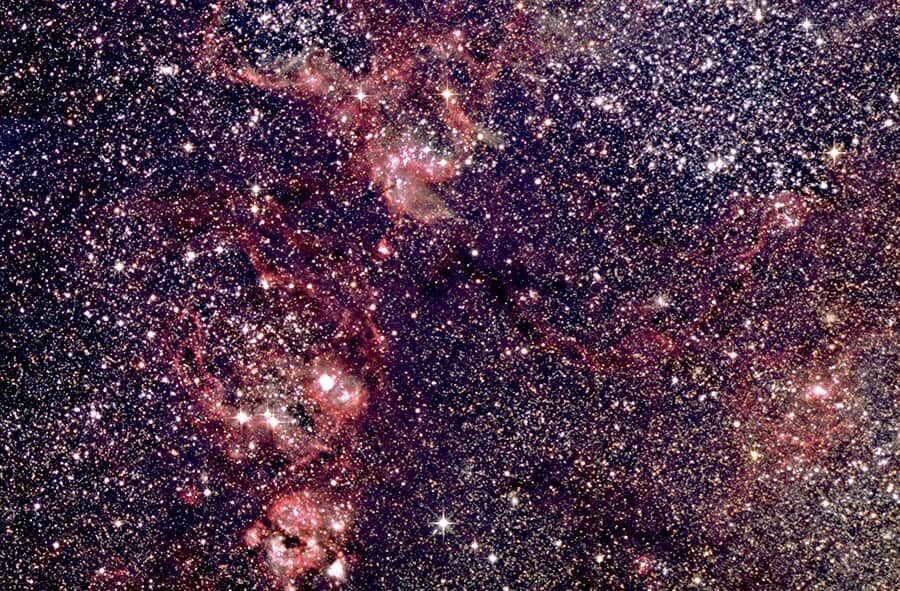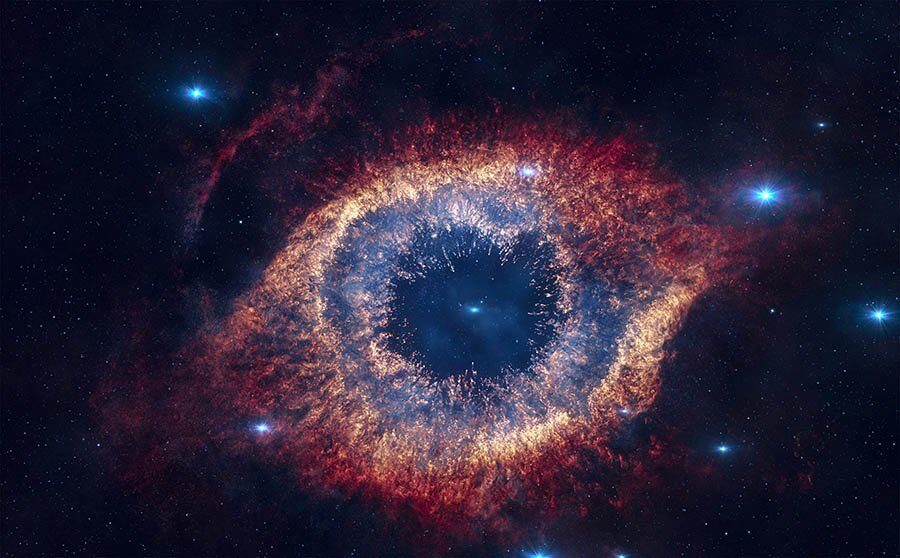11 Nebula Facts | What exactly are Nebulae?
Nebulae are one of the most fascinating things to look at from Earth when you’re looking at the night sky. Although they don’t move through the sky like comets and other objects, we do know that a Nebula’s appearance can change quite a lot over its lifetime.
However, many people aren’t even aware of what a Nebula is, let alone why they appear as beautifully as they do. Let’s look at some different facts about Nebulae and learn a little more about them.
- At its simplest, a Nebula is a giant cloud of gas and dust that is out there in space.
- The word Nebula originates from Latin; in Latin, Nebula literally means cloud, or fog.
- A Nebula may be a place where another star has exploded when it has died, which we call a supernova. But, it can also form from gases that are already out there in interstellar space.
- Nebula can vary greatly in size, and they can span millions of light years in width.
- Nebulae are known as being one of the places that stars form in our universe, which sometimes leads to them being called “star nurseries”.
- The largest Nebula in our night sky is the Tarantula Nebula, which can be seen in the constellation Dorado.
- The coldest place in our universe is thought to be in the Boomerang nebula. The average temperature there is -272°c.
- In around 5 billion years from now, our Sun will burn out and become a nebula.
- The closest Nebula to Earth is only 700 light years away. It’s called the Helix Nebula.
- It’s thought that our solar system, and everything in it, was formed by a solar nebula around 4.5 billion years ago.
- We refer to any nebulae which aren’t in our galaxy as extra-galactic nebulae.
Although a nebula is largely made from gas, if we were in a nebula it wouldn’t look that much different to us. We think that there is nothing particularly dangerous about travelling through a nebula in space – in fact, you might not even notice it. However, nebulae are largely made up of gas and dust. So, it wouldn’t be possible to breathe in certain areas of a nebula, depending on its composition.
The largest Nebula that we know of is the Tarantula Nebula. In our local group of galaxies, it is the region that stars form the fastest in.
 Tarantula Nebula
Tarantula Nebula
As mentioned earlier, although the Tarantula Nebula is the largest, it’s quite a distance away from the Earth. If we want something a little closer to home, then you’ll want to check out the Helix Nebula instead.
 Helix Nebula
Helix Nebula
Due to its very distinct appearance, the Helix Nebula has been referred to as the eye of God. It can be found in the constellation Aquarius.
There are different types of nebula that we can categorize them by. Of course, we have the more classic types of nebula that is the standard. You can also get planetary nebula, which are the remains of stars and more dense and compact than the classic nebula. You can also get diffuse nebulae, which make up the majority of nebulae – this means that these nebula have no real boundaries formed.
The largest nebula in our universe is known as the Tarantula Nebula. This nebula stretches as wide as 1,800 light years.
When you’re looking at the night sky, then a nebula will generally just look like a distant cloud. However, we typically won’t be able to see the color of a nebula, even with a telescope, as it is so far in the distance. A nebula may appear to be a different color dependent on the gases that it is made up of.
Many nebula are actually the star forming areas of our universe. This is because they are areas of large amounts of gas and dust, which when pulled together by gravity, end up forming a protostar. When the heat gets to a high enough temperature, then a star is formed.
Yes, you can definitely see some nebula from Earth! The easiest nebula to see is probably the Orion nebula, which is part of the Orion constellation.
Nebulae are something we are learning more and more about every day. They are made up primarily of dust and other gases, like hydrogen and helium. In the past, we used to describe galaxies as nebulae too, before we knew what they were. However now, we know more about what a nebula is and what defines it.